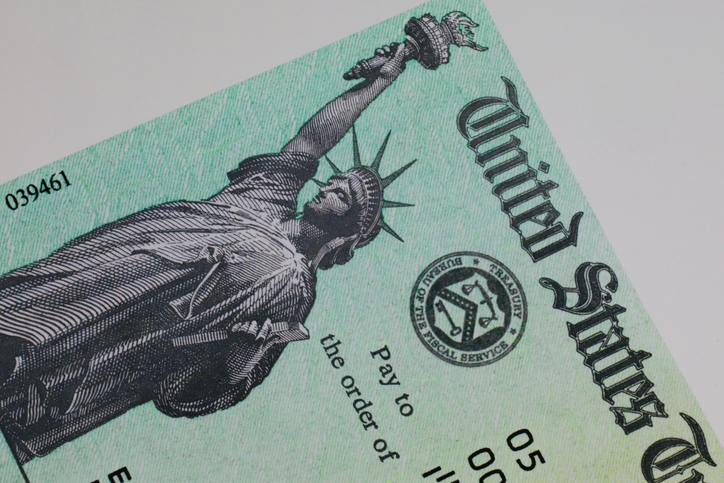Debt Ceiling Debate Adds Heat to P/C Insurers’ Replacement Cost Woes

Uncertainty spawned by the debt ceiling debate will likely exacerbate the replacement cost inflation that has been putting upward pressure on property/casualty insurers’ loss ratios – and, ultimately, consumers’ premium rates, according to Triple-I’s chief economist.
“Whether or not we go to five, 10, 20 days – or if we don’t have a shutdown at all – this signals to the market a dysfunction in terms of government operations,” said Dr. Michel Léonard, Triple-I chief economist and data scientist in an interview with Triple-I CEO Sean Kevelighan. “That leads to higher interest rates…which fuels inflation and reduces growth.”
As material and labor costs rise, home and vehicle repairs become more expensive, pushing up insurers’ losses and putting upward pressure on premium rates. For a P/C industry already struggling with high replacement costs and trying to grow with the rest of the economy, Léonard said, “This [debt limit debate] adds to those challenges.”
Kevelighan – whose background includes having worked in the U.S. Treasury Department during the George W. Bush administration – called high replacement costs a “new normal.”
“You have to look at year-over-three-years replacement costs, and they’re high,” Kevelighan said. “Personal homeowners replacement costs are up 55 percent. We’ve got personal auto replacement costs up 45 percent. And if inflation goes to a negative, we’re in an even worse place.”
Léonard pointed out that the federal government has shut down 21 times since 1976, with the shutdowns lasting as long as 35 days or as little as a few hours. In the interview above, he explains how these have typically played out and what types of scenarios might lie ahead.
Learn More:
How Inflation Affects P/C Insurance Rates – and How it Doesn’t (Triple-I Issues Brief)
Commercial Lines Partly Offset Personal Lines Underwriting Losses in P/C 2022 Results (Triple-I Blog)




